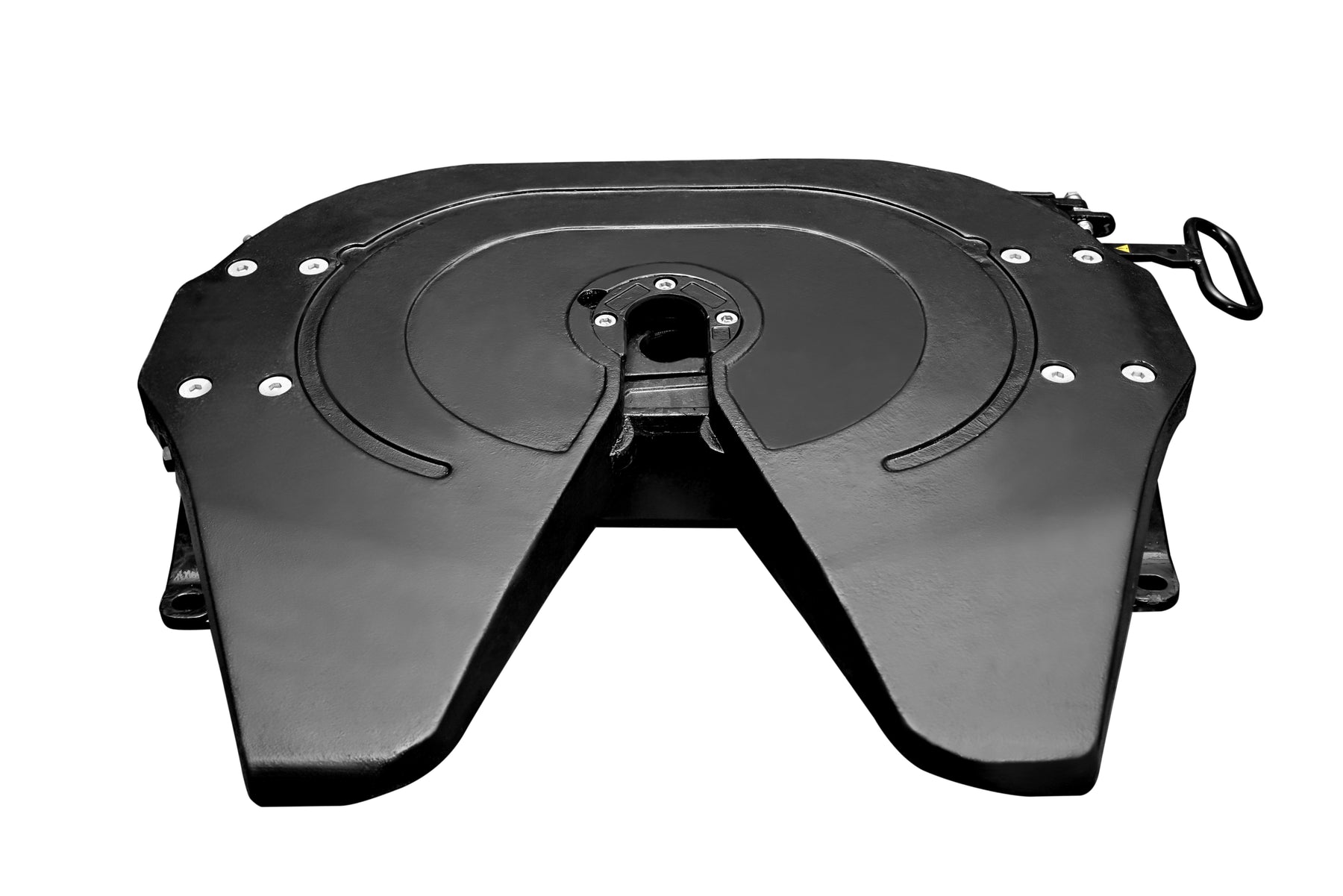Call (888) 611 2366
Support@tulgafifthwheel.com
Call (888) 611 2366
Support@tulgafifthwheel.com

 Double Trailer and Triple Trailer Usage in USA
Double Trailer and Triple Trailer Usage in USATrucking is the lifeblood of commerce, and the transportation industry relies on various vehicle configurations to efficiently move goods across the country. Among these configurations, doubles and triples play a crucial role in enhancing the capacity and effectiveness of freight transportation. In this definitive guide, we will delve into the world of doubles and triples in trucking, exploring their significance, regulations, safety considerations, and benefits.
Doubles and triples refer to specific combinations of trailers pulled by a single truck tractor. Here's a breakdown of the terminology:
Doubles: This configuration involves two trailers hitched together. It's often seen as a way to increase cargo capacity while maintaining maneuverability.
Triples: Triples consist of three trailers connected in tandem. While they offer even greater capacity, they require skilled drivers and careful handling due to their extended length.
Operating doubles and triples comes with strict regulations. Drivers need specialized endorsements on their commercial driver's licenses (CDLs) to legally operate these configurations. The licensing process typically involves written tests and a skills evaluation to ensure drivers are competent in handling the increased size and complexity.
Safety is paramount in the world of trucking, and it becomes even more critical when dealing with doubles and triples. These configurations demand heightened awareness and adherence to safety practices. Key safety considerations include:
Increased Stopping Distance: Doubles and triples require significantly longer distances to come to a complete stop, so maintaining safe following distances is crucial.
Handling in Adverse Weather: Adverse weather conditions can pose additional challenges. Drivers must be well-trained to handle these configurations in rain, snow, or icy conditions.
Turning and Maneuvering: Navigating tight turns and narrow spaces can be particularly challenging with doubles and triples. Drivers must have exceptional spatial awareness and skills.
While they present challenges, doubles and triples offer several benefits:
Increased Capacity: These configurations allow for the transportation of more goods in a single trip, which can lead to cost savings and greater efficiency.
Reduced Fuel Consumption: Transporting more cargo per trip can lead to reduced fuel consumption per unit of cargo, making the operation more environmentally friendly.
Greater Flexibility: Doubles and triples are versatile and can be adapted to various freight types and sizes, offering flexibility to trucking companies.
In conclusion, doubles and triples in trucking are integral to the logistics industry, providing solutions for transporting large quantities of goods efficiently. However, their operation requires specialized training and a commitment to safety. This definitive guide serves as a valuable resource for drivers, fleet managers, and anyone interested in the world of doubles and triples in trucking, offering insights into their operation, regulations, and the advantages they bring to the industry.
Doubles and triples, specialized configurations of trailers used in the trucking industry, are subject to stringent regulations to ensure safety on the road. These regulations are enforced at both the federal and state levels and cover various aspects of the operation of doubles and triples. Let's explore the key regulations for doubles and triples in trucking:
Compliance with these regulations is vital for the safe operation of doubles and triples in trucking. Failure to adhere to these rules can result in fines, penalties, and, most importantly, compromised road safety. Drivers and carriers should stay informed about both federal and state-specific regulations to ensure compliance while operating these specialized trailer configurations.
Obtaining a Doubles and Triples (T and P) endorsement on your Commercial Driver's License (CDL) opens up a world of opportunities in the trucking industry. These endorsements indicate that you have the skills and knowledge to safely operate trucks with multiple trailers, making you a more versatile and valuable driver. Let's explore the ins and outs of the Doubles and Triples endorsement:
Obtaining a Doubles and Triples endorsement can be a significant step in your trucking career, offering new opportunities and challenges. However, it's essential to remember that with this privilege comes increased responsibility for the safety of yourself and others on the road. Proper training and a commitment to adhering to regulations and safety practices are paramount when operating these specialized trucking configurations.